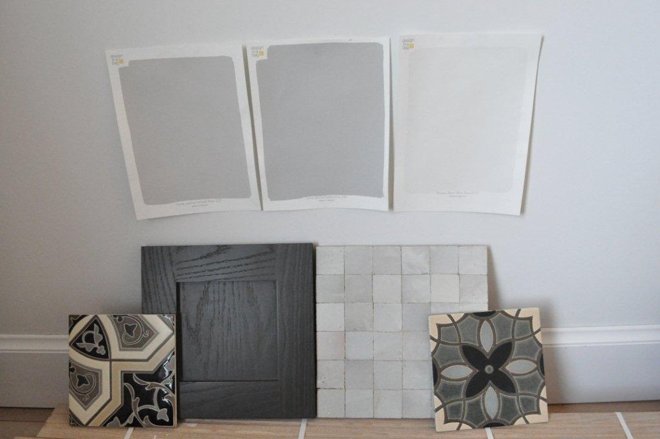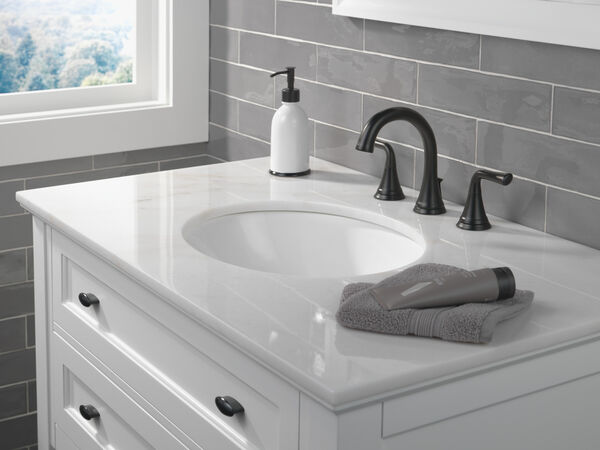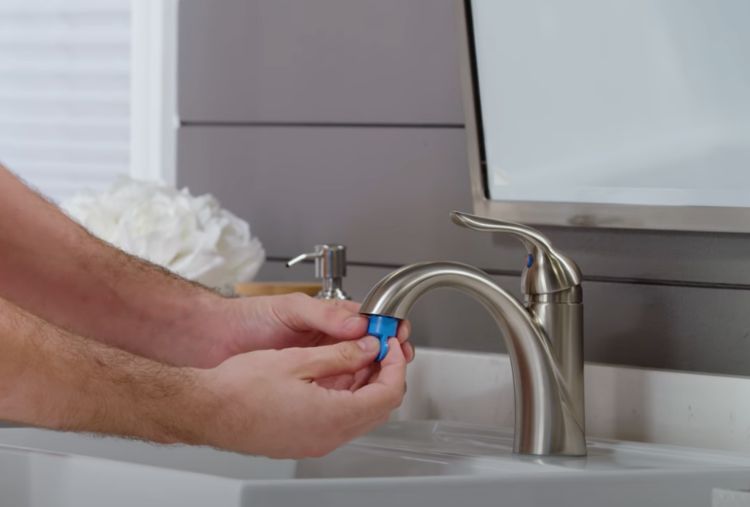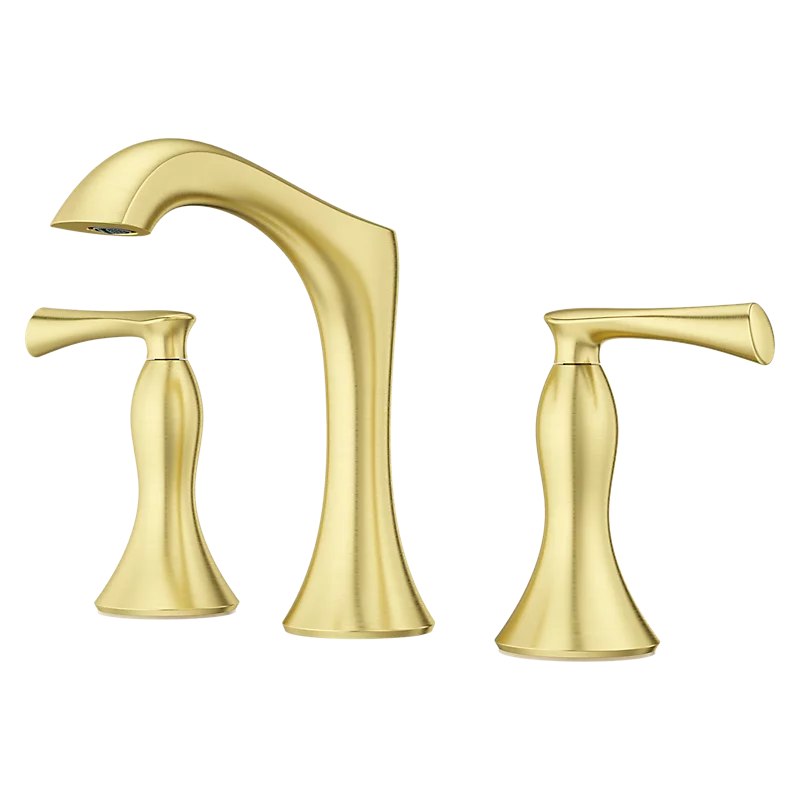Is it faucets first and sinks second, or should cabinets lead the way? Here is a timeline for your kitchen remodel
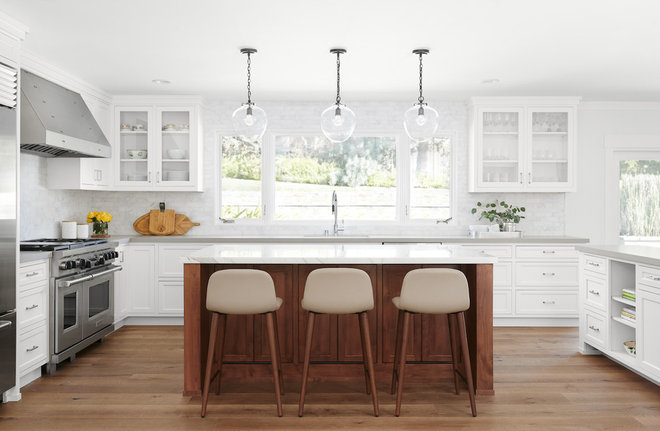
For some, choosing kitchen fixtures and finishes is like being a kid in a candy store. They like everything and can’t stay focused on what’s right for the overall aesthetic or design. For others, it’s paralyzing. They get so worried about picking the wrong finish or fixture that they have trouble making decisions or focusing on other important aspects of the job at hand.
Even though we always start a kitchen remodel with inspiration photos to get an overall idea of what the client wants the kitchen to look like, I often shelve most of those until after the preliminary plans are complete. I view kitchen remodels as a series of small, layered choices. Here are some ideas for how and when to make them after space planning is complete.
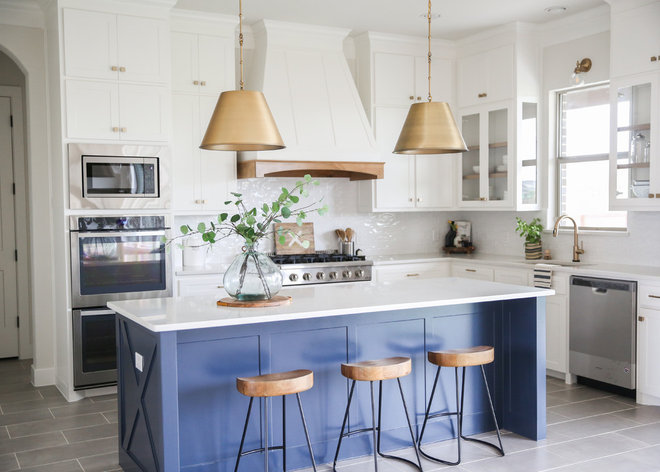
1. Appliances, Sinks and Lighting
I recommend that clients select appliances and sinks during the preliminary design phase, which often comes before selecting the rest of the finishes and fixtures. This is so the plans can reflect the proper sizes, which will in turn affect the cabinetry layout.
Also, I recommend choosing the type and amount of lighting fixtures during this phase: cans, semi-flush mounts, how many pendants over the island and so on, in order to complete the lighting plans so the contractor to provide estimates. Most people haven’t actually picked what style pendant light yet, but at least the decision about number is done.
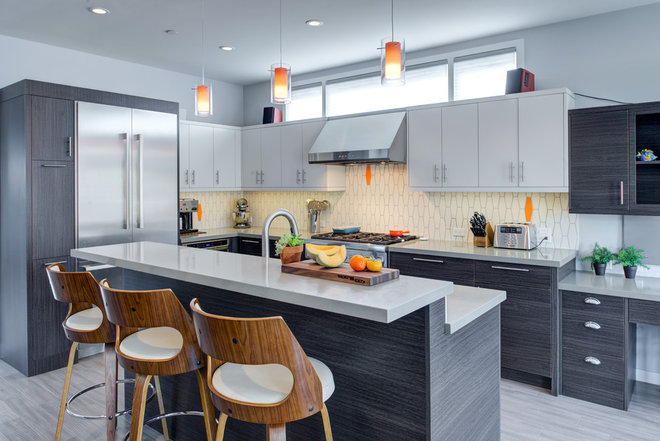
It’s also time to decide whether or not you want a prep sink in addition to your main sink. At this point, by the way, it’s fine if you decide to change from a 36-inch range to a cooktop and wall oven.
By the time you get to final construction documents or order cabinets, however, these decisions must be finalized. The nice thing is that there are now a few big decisions that you can check off your list.
The decision on how many pendants to use affects how many junction boxes you need on the ceiling — and that decision needs to be made before plans get approved for permits and before the contractor closes up the drywall after rough electrical is done.
This is why the professional you hired may focus you on figuring out the lighting plan before picking out the countertops.
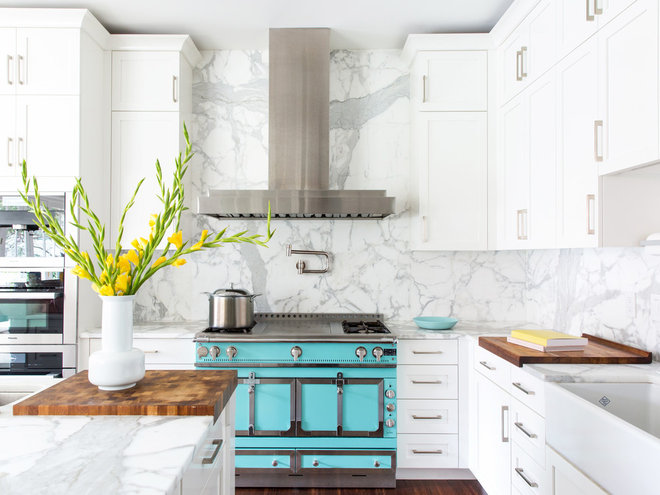
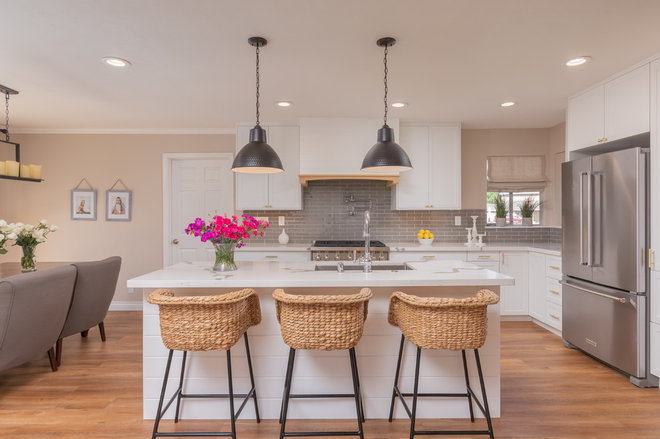
2. Cabinets, Countertops and Tile
Depending on what type of professional you hired, or if you are doing your own kitchen, you may start the finishes and fixture selection process from a different jumping-off point.
Rather than picking the cabinet wood species and finish color by itself, and then picking countertops and tile, I like to have my clients work on an overall palette of materials at the same time. Layer the materials and create collages of patterns, textures and colors to see what works best together.
Sure, a client might have the idea that they want a “white kitchen,” meaning white cabinets, but there are many “whites” out there, and what you mix them with really makes a huge impact on what the overall kitchen will look like.
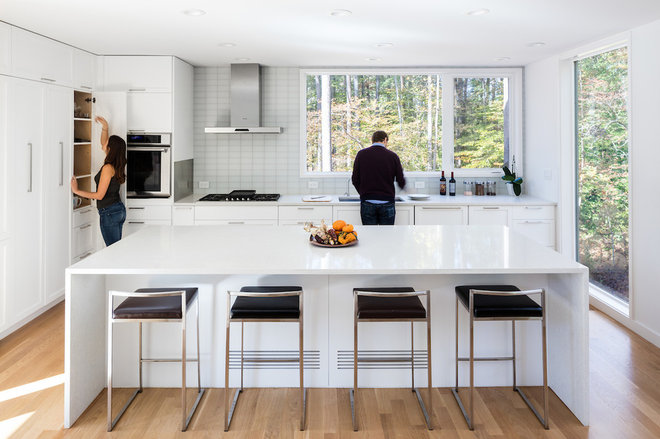
For the modernists out there, you would think picking finishes and fixtures would be easier, with less adornment and fewer decisions to make. For some this might be true, but I find that for others this style can be just as challenging. It’s all about restraint and editing, and that’s hard.
The small choices in this kitchen include sleek appliances, noninvasive lighting, the full-height backsplash and the waterfall-style island countertop.
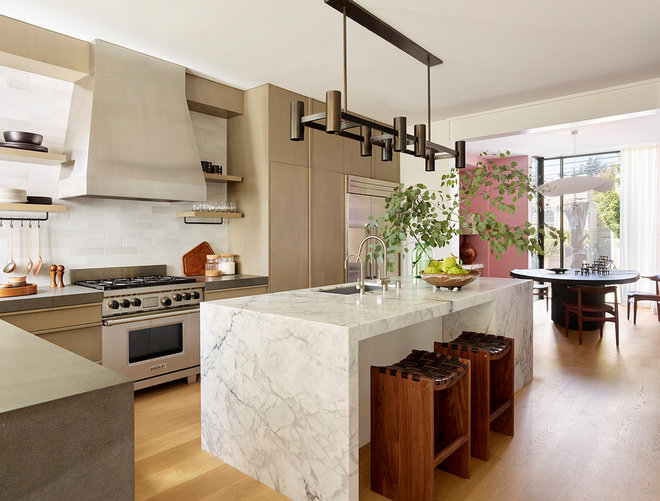
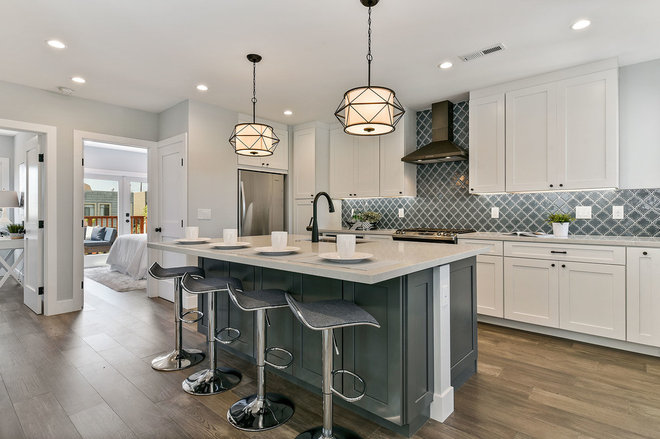
Using decorative tile in the kitchen is a great way to express your personality and style, but proportion and scale are critical. Tile is a pretty permanent decision; once it’s up, it’s expensive to change. You or your designer should do color studies and pattern studies, and look at them alongside photos and samples to be absolutely sure you’re making the right choices.
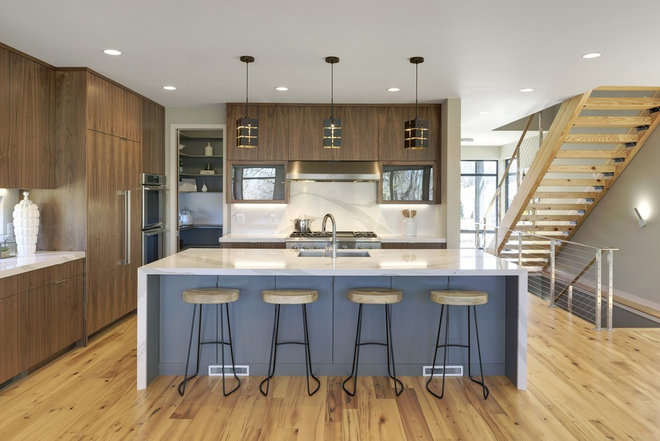
3. Flooring
Matching the floor stain color is one of the most challenging phases of a project. If you’ve got original floors and plan to refinish just the kitchen — or are laying new wood floors to match the old for continuity — don’t expect a perfect match. Many floors in old homes are made of old-growth wood, and flooring is manufactured differently now. The natural patina of an old floor also is nearly impossible to match. Companies offering reclaimed wood floors can make that matching process easier.
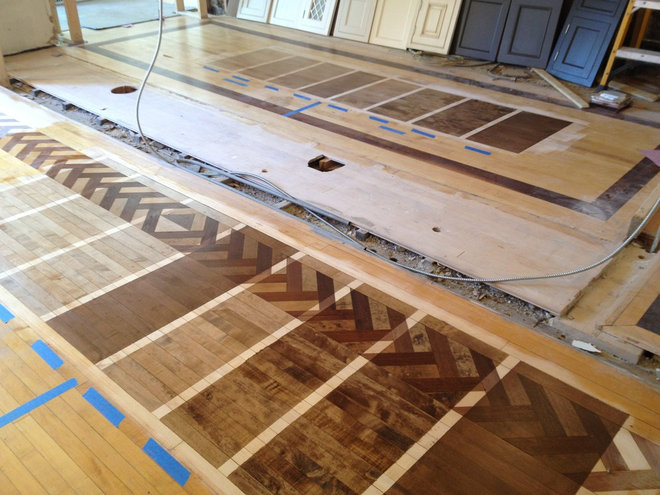
Testing is the best way to get a close match. Even if you’re not trying to match new to old, doing stain tests on samples of the actual flooring is the best way to get it right.
If you’re doing tile or stone floors, work on picking those materials at the same time as cabinets, backsplash and countertops. The relationships among these materials is critical. It’s tough to mix different types of stone and tile unless you want your kitchen to look like a showroom.
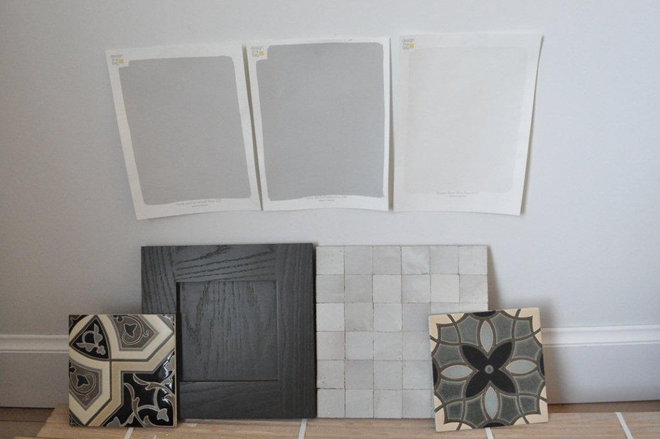
4. Paint Colors
Once I’ve worked with the client to pick the collage of materials for the kitchen, we lay these out to focus on paint color. The reason this phase often comes bit later is that the kitchen might be under construction and still have the old paint color on the walls. The floors may be covered in that pinkish-red rosin paper, which can affect the look of the color on the walls.
When looking at your paint swatches, be sure your walls are primed white. If you plan to paint your window and door casings, prime them white too. If you’re keeping them as they are, make sure they are free of dust. Any amount of color in the room can throw off the new wall color sample tests.
Pick your paint colors next to the other materials, including pulling back a section of the protective floor covering to get a good sense of how the colors work with the new stain color.
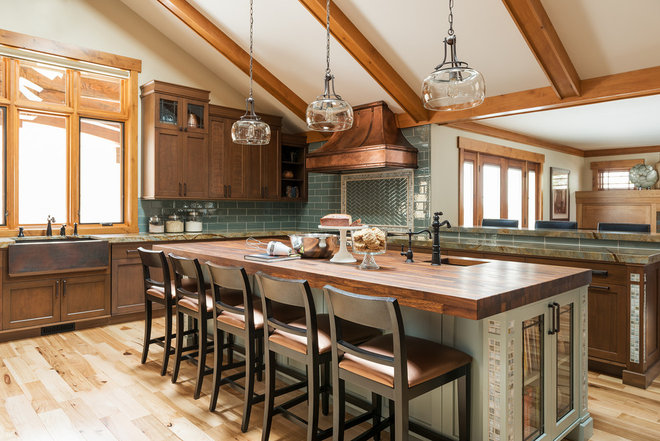
5. Decorative Details
Details like shaped cabinet doors, niches for spices and oils, and decorative lighting should all be considered while working on the design development and finish and fixture selection.
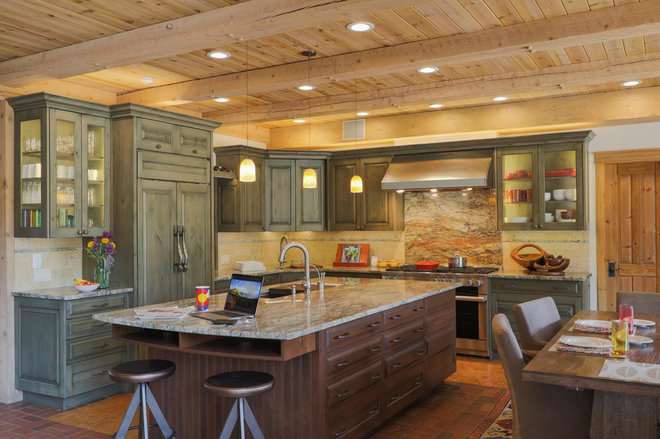
6. Furnishings and Accessories
Choosing bar stools and tables and chairs for an eat-in kitchen usually comes at the end, but this is also important, so don’t just mail it in at this point. Think about adding patina and texture through vintage pieces if you can find them. And don’t forget about items like decorative plate racks, artwork and area rugs or runners. Small touches like this can add much character to a newly remodeled kitchen.


